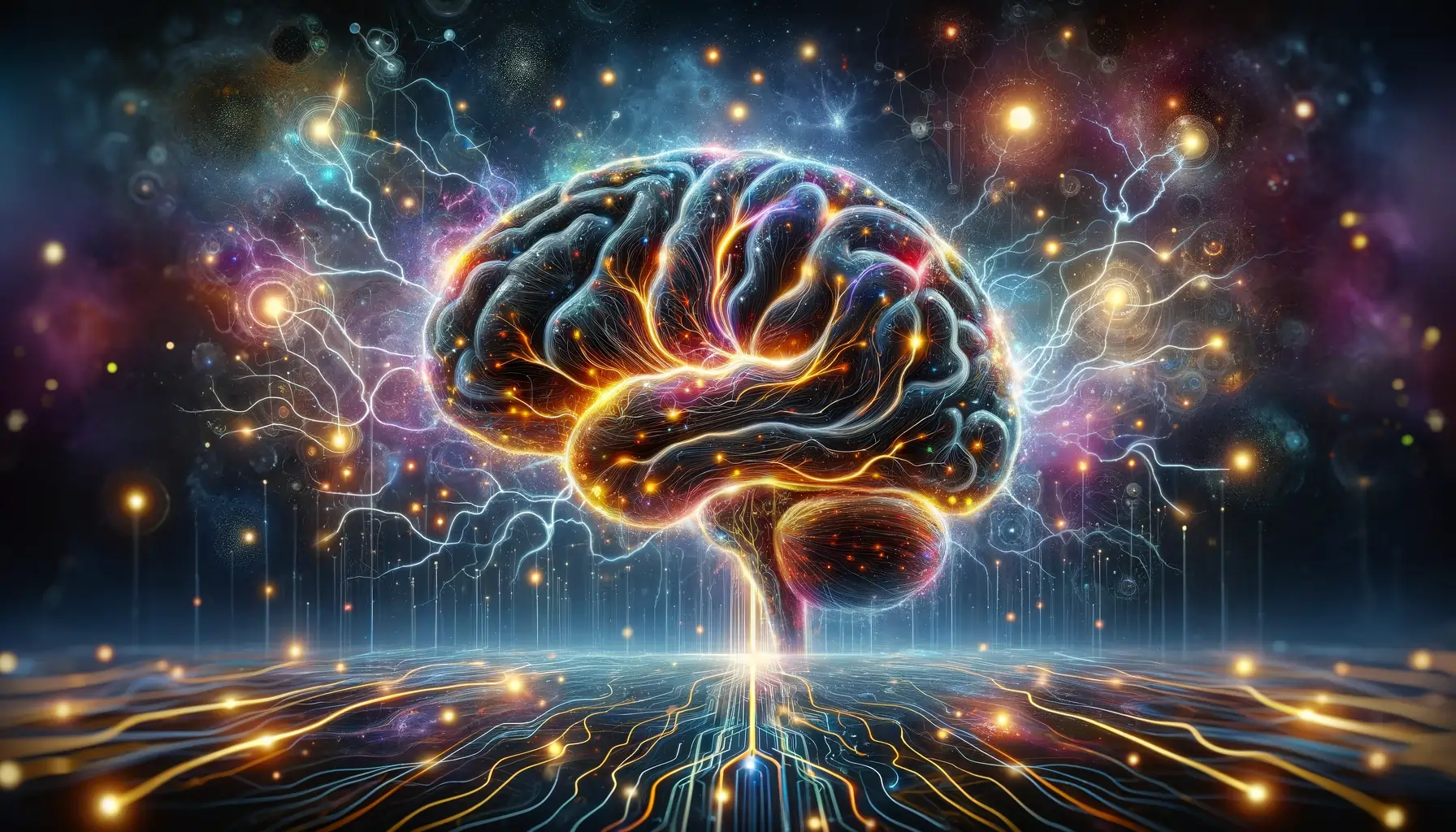
For many, this scenario is rare and manageable. However, for adults with ADHD, these moments of impulsivity are an all-too-common reality, shaping their daily lives and interactions.

As a psychologist, I've had a front-row seat to the profound impacts of lesser-known ADHD manifestations like time blindness and impulsive behavior—two specters that can cast long shadows over patients' personal and professional lives.

When it comes to impulsive behaviors, attention deficit/hyperactivity disorder (ADHD) and binge-eating disorders seem to be singing from the same songbook. Like two partners in crime, these conditions often go hand-in-hand, leaving a trail of evidence that has researchers hot on their heels.

Navigating the challenges of ADHD in the workplace requires a thorough understanding of the legal frameworks in various countries. In the US, UK, and Australia, employers have specific responsibilities to support employees with ADHD. This guide offers a comprehensive overview of the legal requirements and practical steps for accommodating ADHD in the workplace.

For those waging war against the attention deficits and hyperactive tendencies of ADHD, the quest for calm concentration often feels like trying to herd renegade cats.

When the curtain rises on receiving an ADHD diagnosis, it's akin to being handed a script in a language only partly familiar. For many, this diagnosis illuminates a path through previously baffling behaviors—providing relief. Yet, for others, it stirs a pot of uncertainty about what lies ahead.

As a psychotherapist specializing in ADHD, it is almost a given to encounter clients with comorbid anxiety disorders. Given that approximately 20% of adults in the United States are affected by an anxiety disorder annually, it is not surprising that these two conditions frequently coexist.

Over the last decade, a fascinating chapter in medical research has unfolded, underscoring a profound link between our mental health and an unexpected ally—our gut microbiome.